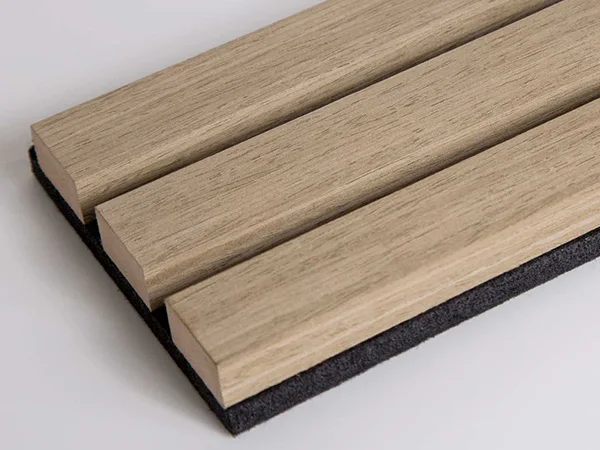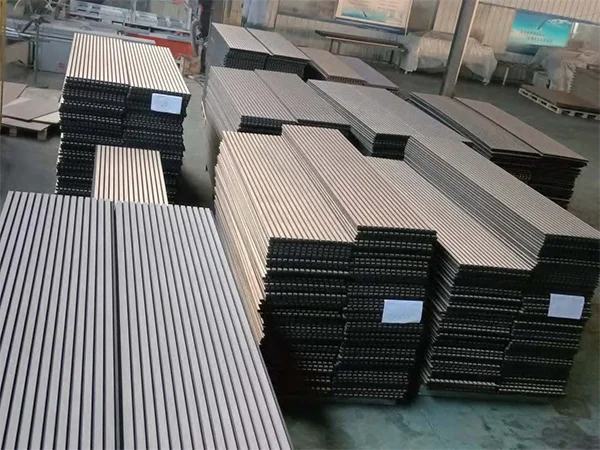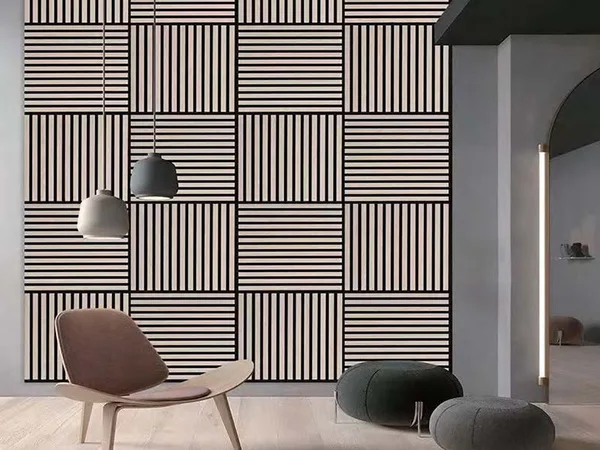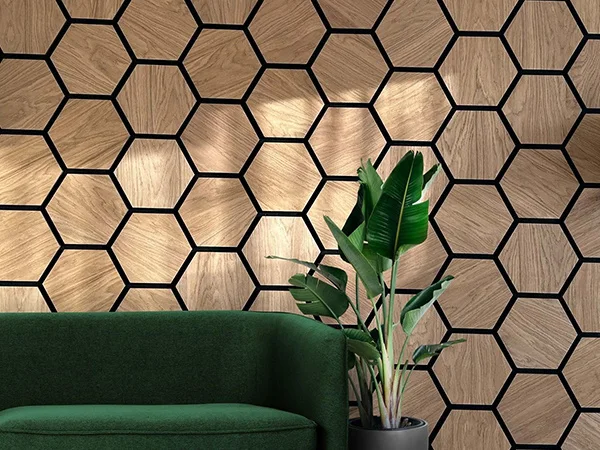Acoustic Wall Panels – Engineered for Sound Control, Design Versatility, & Space Adaptability
Choosing the right acoustic wall panels can not only significantly improve the sound quality of a space, but also improve the overall ambience of the environment. Here are some key considerations to help you make the best choice.
Materials
Different materials have their own advantages and disadvantages:
- Foam panels: Affordable and easy to install, suitable for temporary or budget-limited projects, but may not be durable enough for long-term use.
- Fabric-wrapped panels: Both beautiful and practical, suitable for professional environments that need to focus on decorative effects.
- Wooden acoustic panels: Not only do they look beautiful, but they also have good sound absorption effects, which is perfect for spaces that create a warm atmosphere.
- Fiberglass acoustic panels: Suitable for modern or large spaces, they usually have good sound absorption effects, but they need to be safe when installing.
Thickness and Density
The thickness and density of acoustic panels directly affect their sound absorption performance:
- Thickness: Generally speaking, thicker panels absorb low-frequency sounds more effectively and are better suited for spaces with serious noise issues.
- Density: Denser materials generally absorb sound better, so consider the acoustic needs of your environment when selecting acoustic panels.
Size and Coverage
Measuring each section of your space is a key step in selecting acoustic wall panels:
- Calculate coverage: Make sure the number and size of panels you choose will cover the area you need to treat. Larger spaces may require multiple panels to effectively control sound.
- Layout design: A good layout design can improve sound absorption and avoid uneven sound absorption caused by only installing specific areas.
Purpose
It is important to understand the purpose of the acoustic panels. Different environments have different needs:
- Recording studios: They need excellent sound absorption to avoid any external noise from interfering with the recording quality.
- Office environments: They may be more concerned with comfort and moderate noise control to improve employee productivity and concentration.
- Restaurants or cafes: They often need to reduce background noise to provide a more pleasant dining experience.
Style Considerations
The visual effect of acoustic wall panels is equally important:
- Tone and style: Choose a tone and design that complements the style of the room to ensure that the wall panels are both beautiful and practical.
- Personalized design: Consider customizing wall panels to meet specific aesthetic needs and acoustic functions.
Budget
Budget planning is critical when choosing acoustical wall panels:
- Cost vs. quality: While higher quality materials generally perform better, budget constraints must also be considered. Many affordable options can also perform well in less demanding applications.
- Long-term investment: Think of acoustical wall panels as a long-term investment, and choosing durable and efficient materials can avoid the cost of frequent replacements in the future.
By carefully considering the above factors, you can select the acoustical wall panels that best meet your needs and ensure that the space has the ideal sound quality and visual appeal. Whether it is improving work efficiency or creating a comfortable social environment, the right acoustical wall panels can make a significant difference.



